Ever wondered how the haunting melodies of humpback whales manage to send you drifting into dreamland? Well, it turns out these underwater symphonies aren’t just for show, they can help you sleep better too. Scientists have been fascinated by whale songs for over 50 years, and now we’re finally starting to understand not only how these gentle giants sing beneath the waves but also why their tunes are so soothing to us. Imagine listening to the deep, rhythmic hums of a humpback as you look for relaxation after a long day; it’s like nature’s very own lullaby.
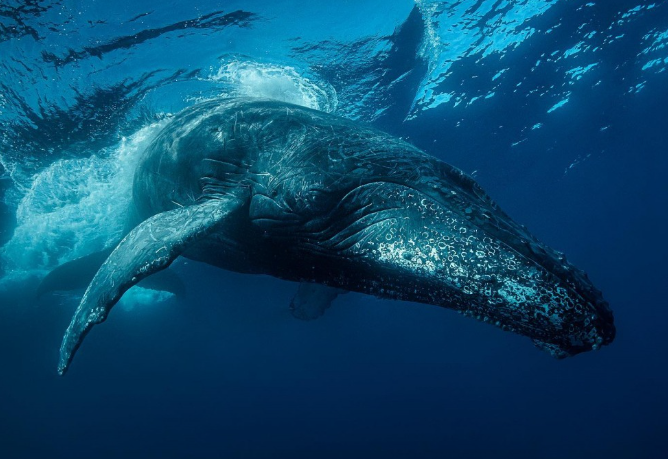
But how do these massive creatures even make such beautiful sounds underwater? Unlike dolphins and killer whales, which have a fancy vocal organ in their nose, humpbacks use their larynx; yes, their voice box, to produce these low-frequency tunes that can travel for miles. And it’s not your average voice box, either. These whales have evolved a unique structure that allows them to create those deep, resonant sounds that can calm your nerves and help you slip into a peaceful sleep.
In this article, we’re diving deep into the science behind whale songs, from how they create these underwater melodies to the challenges they face from human noise pollution. And along the way, we’ll explore how these majestic sounds can become your new sleep soundtrack. So, let’s get started!
The Unique Voice Box: How Humpback Whales Sing
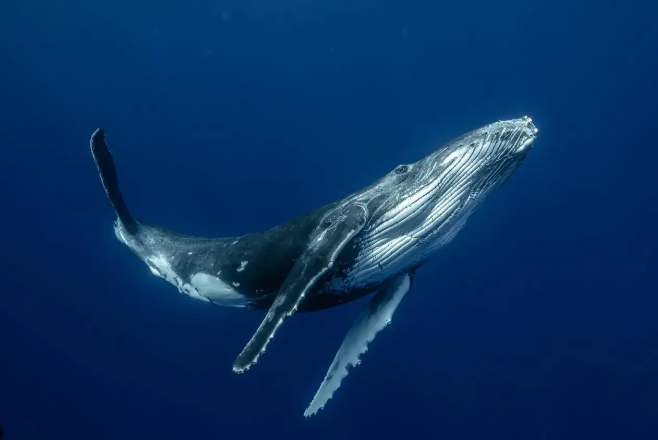
Baleen whales, which include humpback whales, have a larynx like no other mammal. It’s made up of long, rigid cartilages that form a ‘U’ shape, allowing these massive creatures to take in huge gulps of air when they surface. But it’s not just about breathing; this special structure also helps them produce their iconic ‘whale songs’. Inside their respiratory tract, evolved nasal and oral plugs protect their airways from water, letting them breathe and sing at the same time.
Even more fascinating is the way humpback whales can recycle air while creating their vocal sounds, thanks to air sacs that have evolved for this purpose. This means they can keep singing without constantly coming up for air, a handy trick when your voice needs to carry across the ocean.
Groundbreaking Discoveries: What the Study Revealed
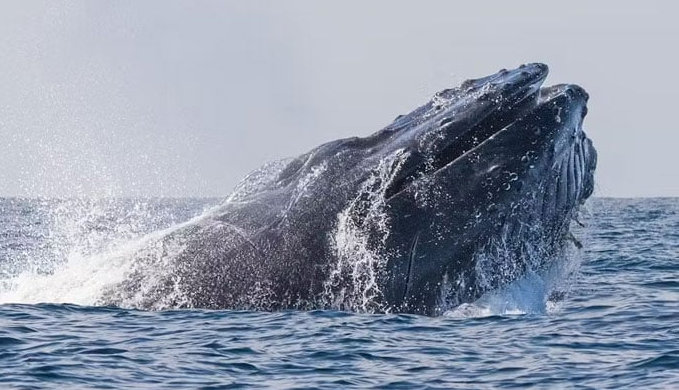
Researchers didn’t just stop at observing these whales from afar. They went all in, studying the voice boxes of a sei whale, humpback whale, and minke whale in the lab after their unfortunate deaths. This level of detail has never been achieved before, and the findings were nothing short of groundbreaking.
The scientists discovered that humpback whales use a completely novel mechanism to produce sound, involving a fatty cushion that vibrates when air is pushed from their lungs. This cushion allows them to create those deep, low-frequency sounds that can travel for miles underwater. However, these whales can only make these sounds from the water’s surface to a depth of around 328 feet, limiting their vocal range in deeper waters.
The Impact of Human Noise: A New Challenge
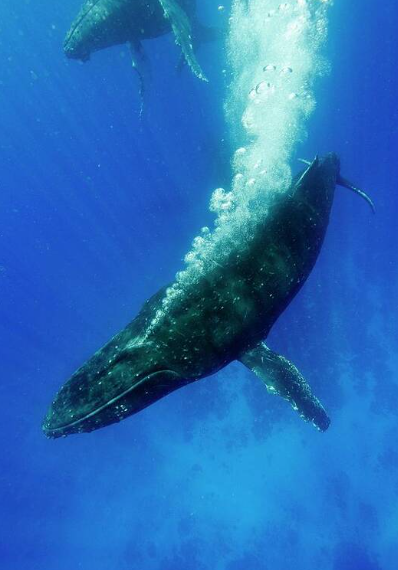
While humpback whales have evolved to sing beautifully underwater, they now face a new challenge: human-made noise pollution. Most of the noise from boats and other vessels overlap with the frequency range that whales use to communicate, making it harder for them to hear each other. This could be a serious issue, as whales rely on sound to find mates, navigate, and stay in touch with their pod.
Furthermore, the study’s findings highlight the importance of rethinking how we interact with the ocean. If we want to preserve these majestic songs; and maybe even our own sleep soundtracks, we need to find ways to reduce the noise we create in their underwater world.
Conclusion: Protecting the Whale Songs and Our Sleep
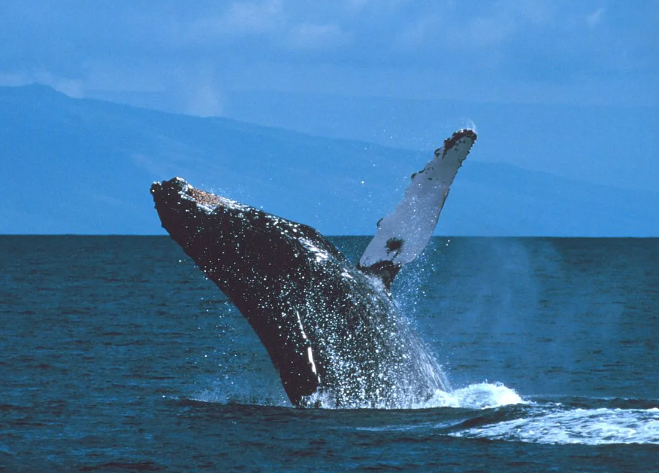
Humpback whales aren’t just the biggest animals on Earth; they’re also some of the most vocal. And now that we’re beginning to understand the mechanics behind their songs, we can appreciate them even more. Whether you’re a fan of whale songs for their calming effects or fascinated by the science behind them, one thing is clear: these underwater melodies are worth protecting.
So the next time you listen to whale sounds to help you drift off to sleep, remember, there’s a whole world of fascinating science behind those soothing notes. And it’s up to us to make sure these gentle giants can keep singing their lullabies for generations to come.

